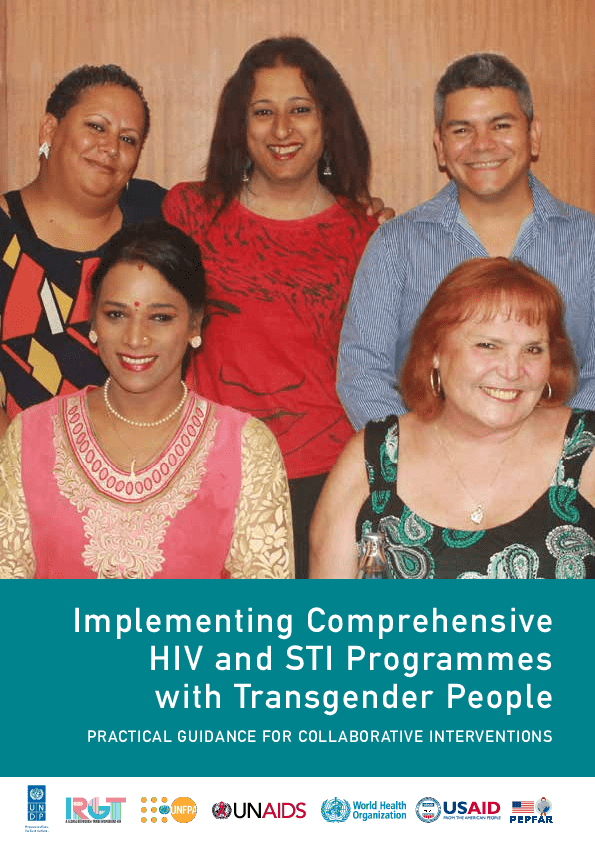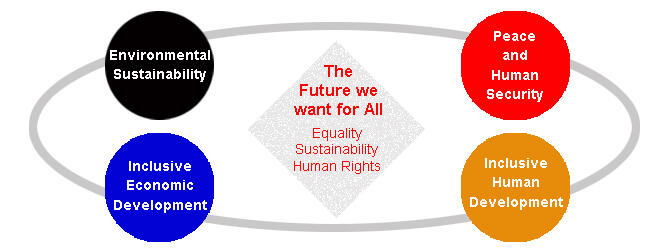This tool contains practical advice on implementing HIV and sexually transmitted infection (STI) programmes with transgender people. It is based on recommendations in the “Consolidated guidelines on HIV prevention, diagnosis, treatment and care for key populations,” published in 2014 by the World Health Organization.
Topics covered include community empowerment and human rights, addressing violence, stigma and discrimination and delivering trans-competent services, especially for HIV and STI prevention, diagnosis, treatment and care. The tool also covers community-led outreach, safe spaces and the use of information and communications technology in programming, and it offers strategies for managing programmes and building the capacity of trans-led organizations. It contains examples of good practices from around the world that can be used to support efforts to plan programmes and services with trans people.
The tool is designed for use by public-health officials, managers of HIV and STI programmes, NGOs – including community and civil-society organizations – and health workers. It may also be of interest to international funding agencies, health policy-makers and advocates.
This transgender implementation tool is known informally as the TRANSIT and is the third in a series of tools on implementing HIV and STI programmes with key populations. Other publications include the sex worker implementation tool (SWIT), published by the World Health Organization (2013), and the implementation tool for men who have sex with men (MSMIT), published by the United Nations Population Fund (2015). An implementation tool for people who inject drugs (IDUIT) is forthcoming.





